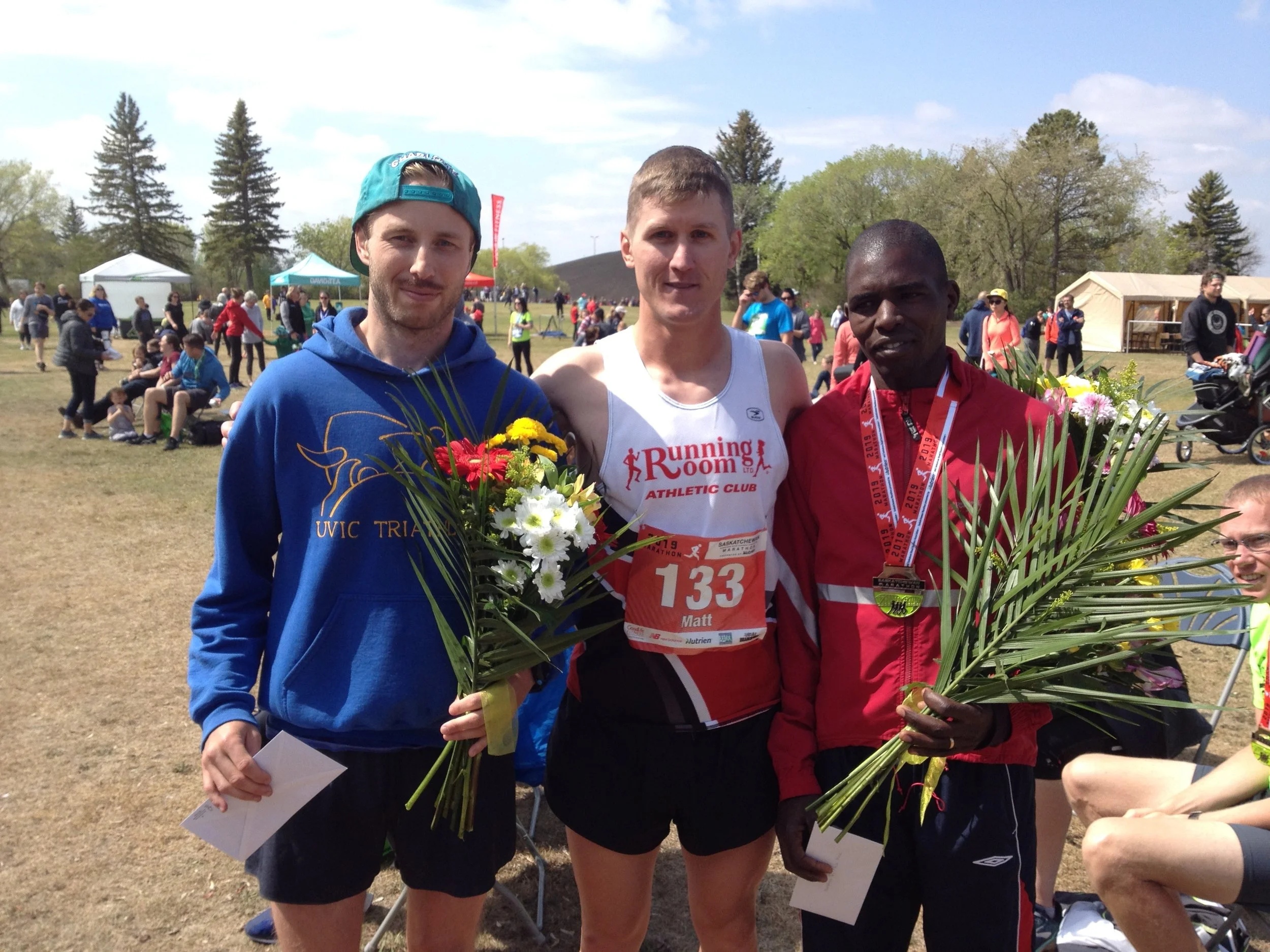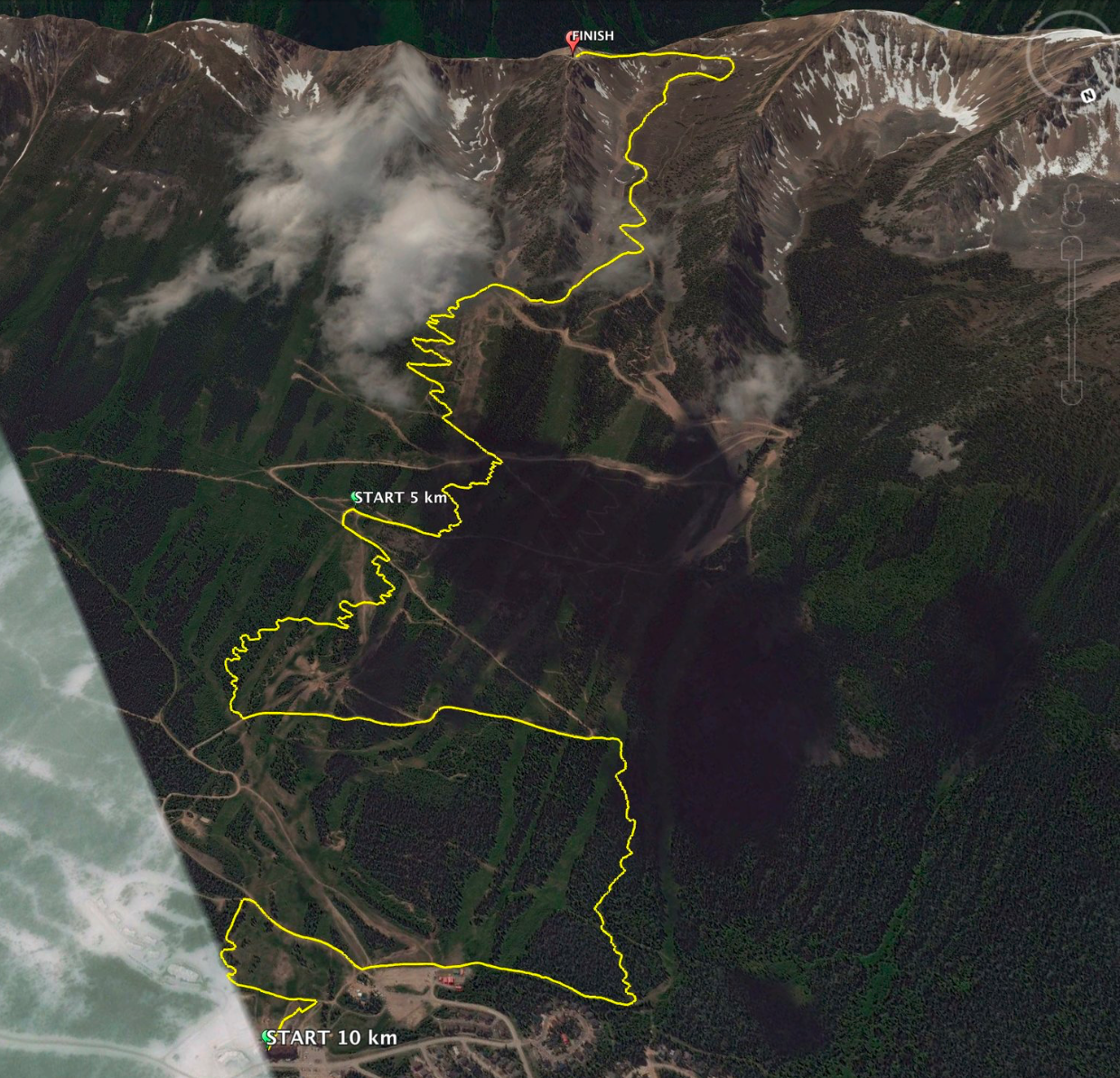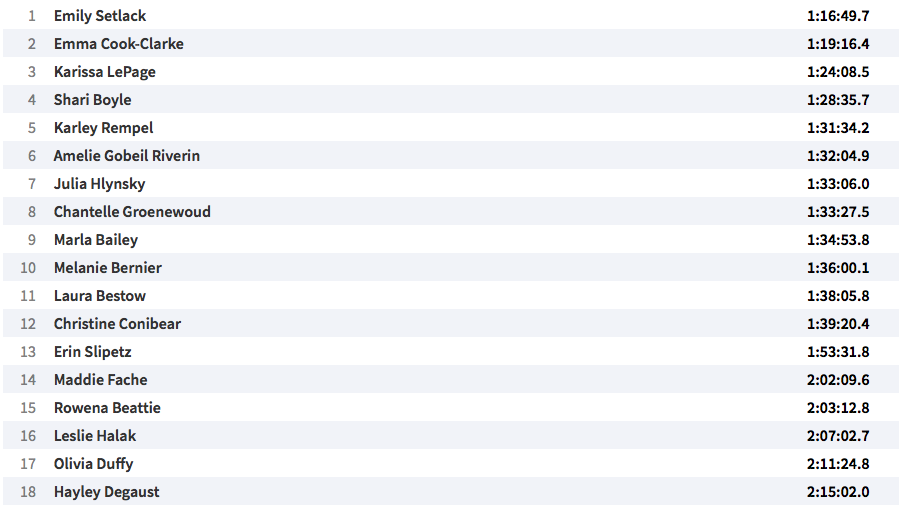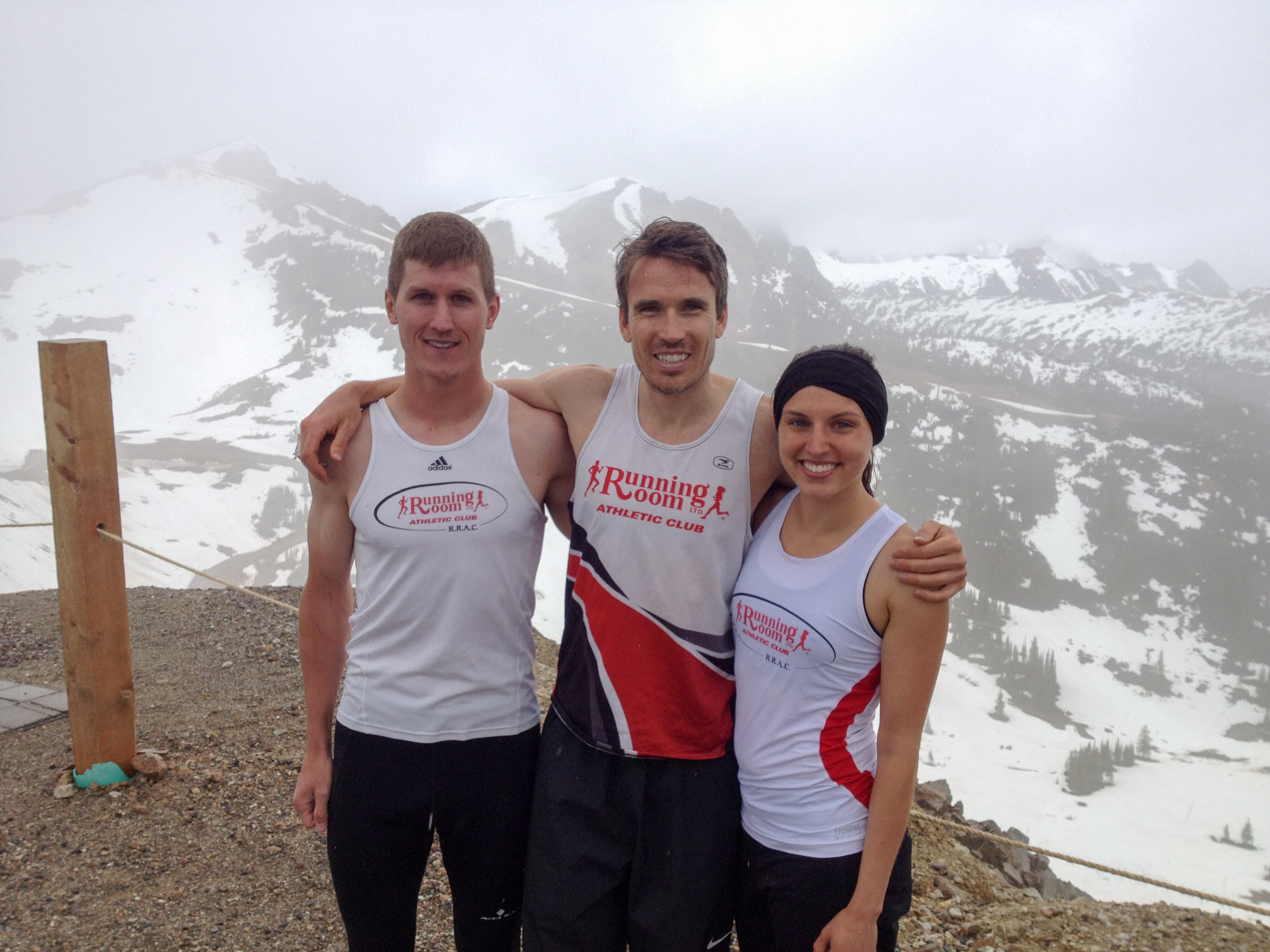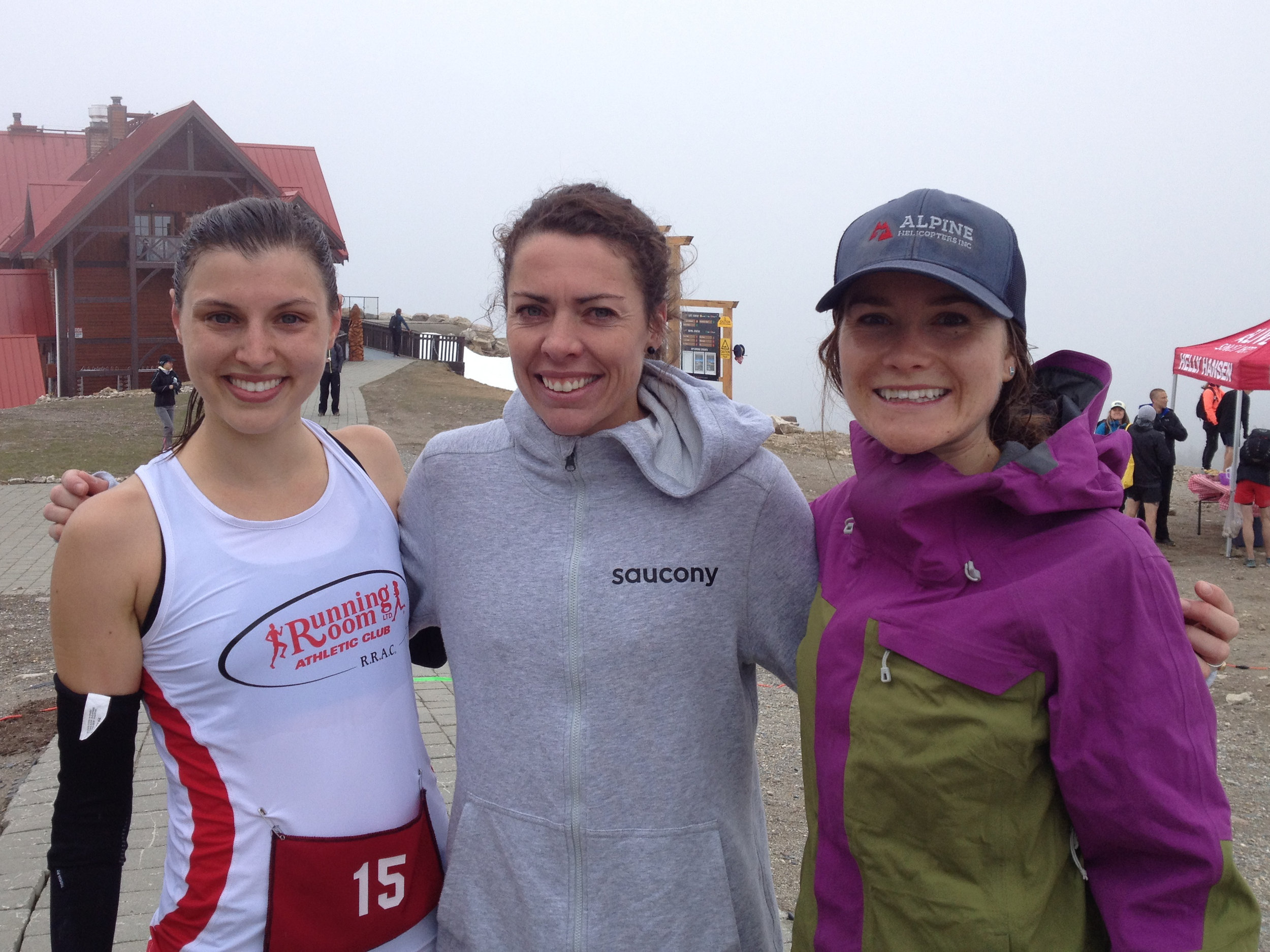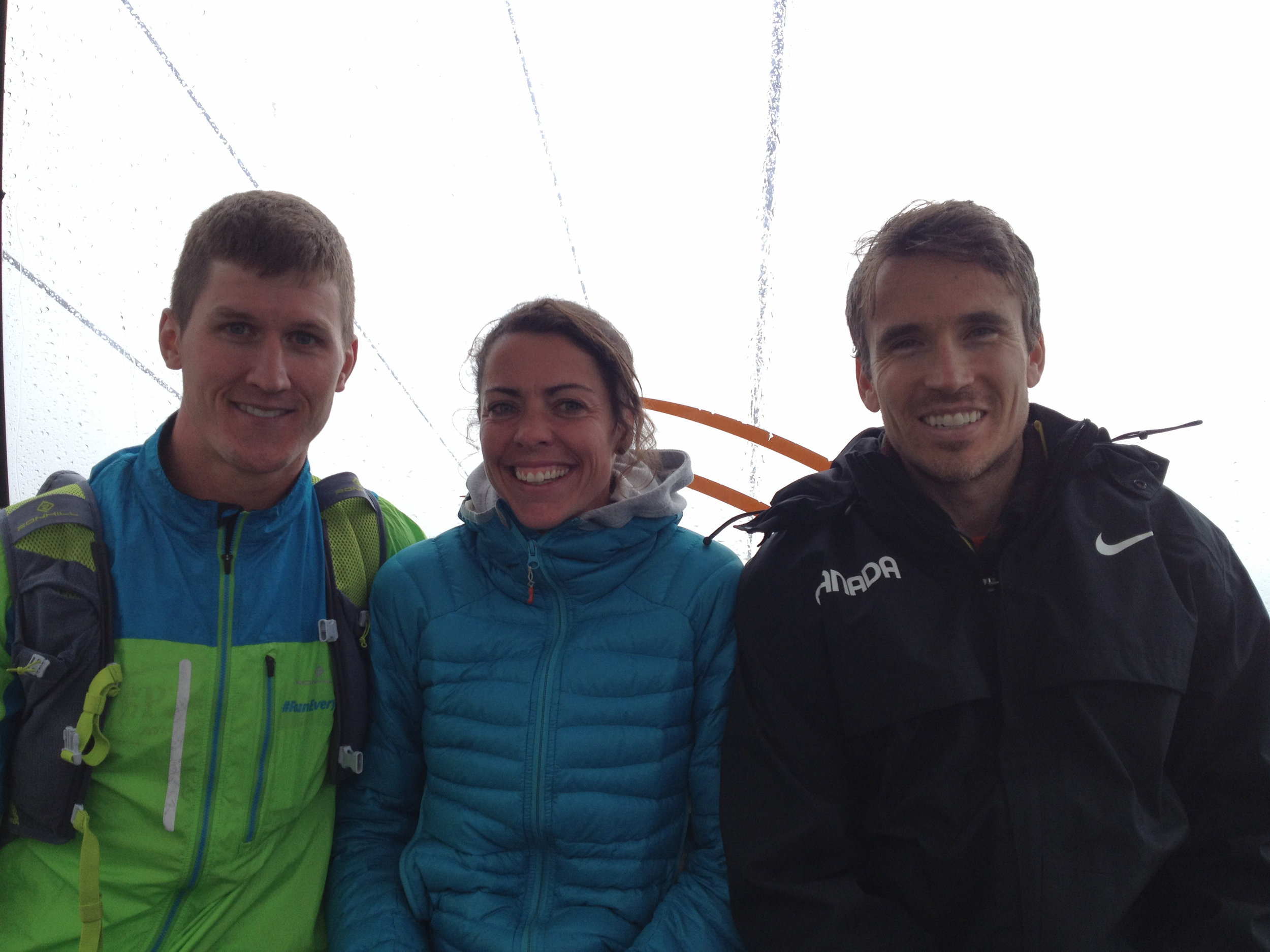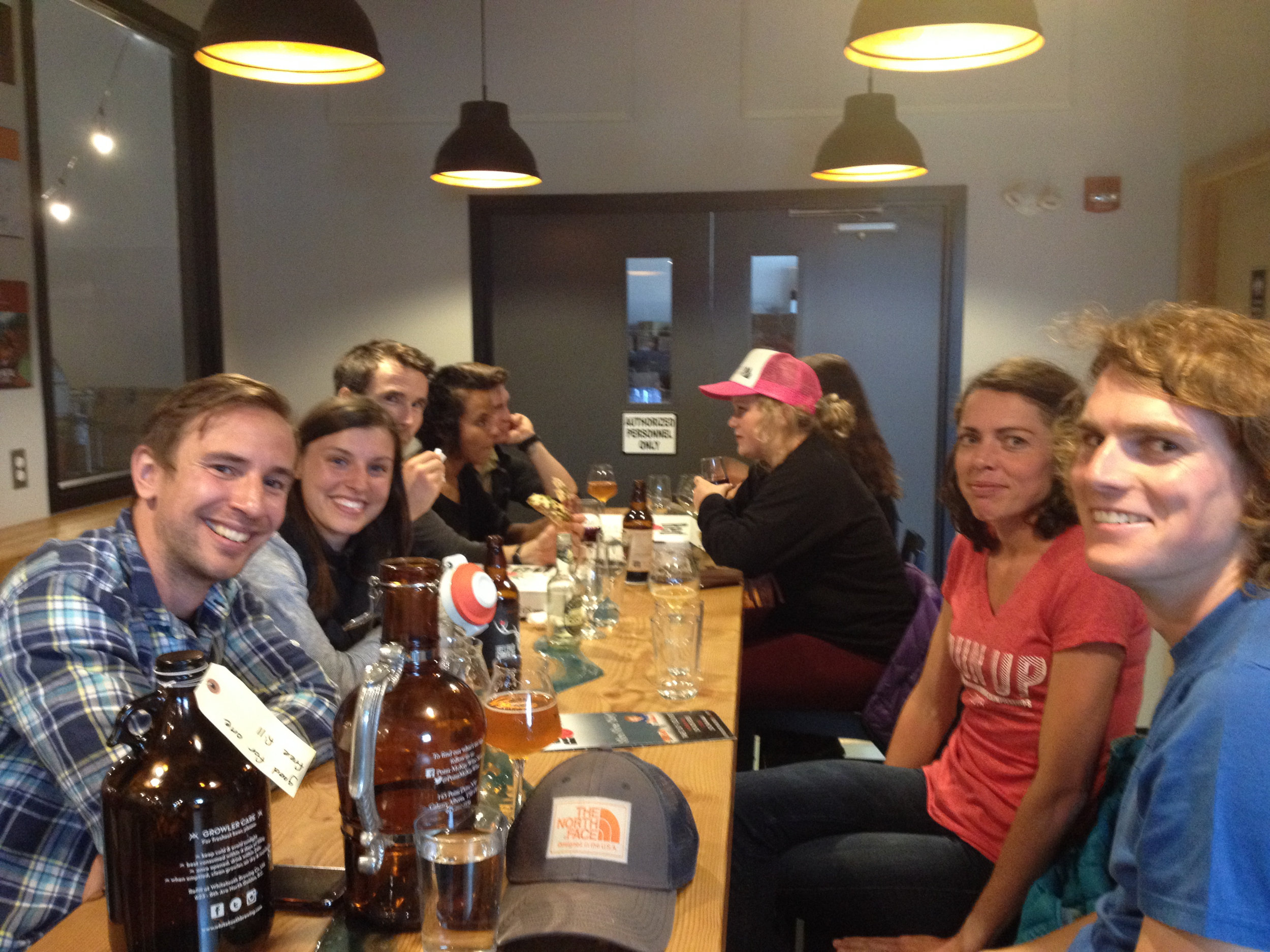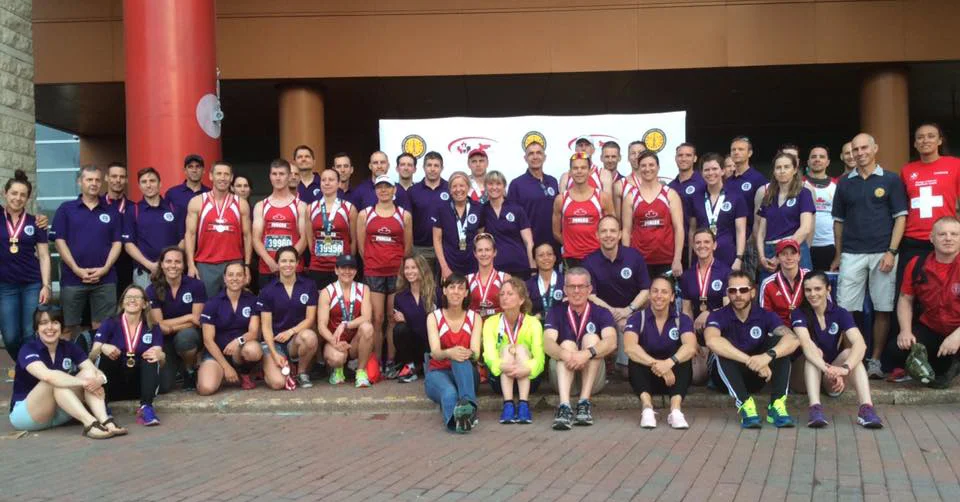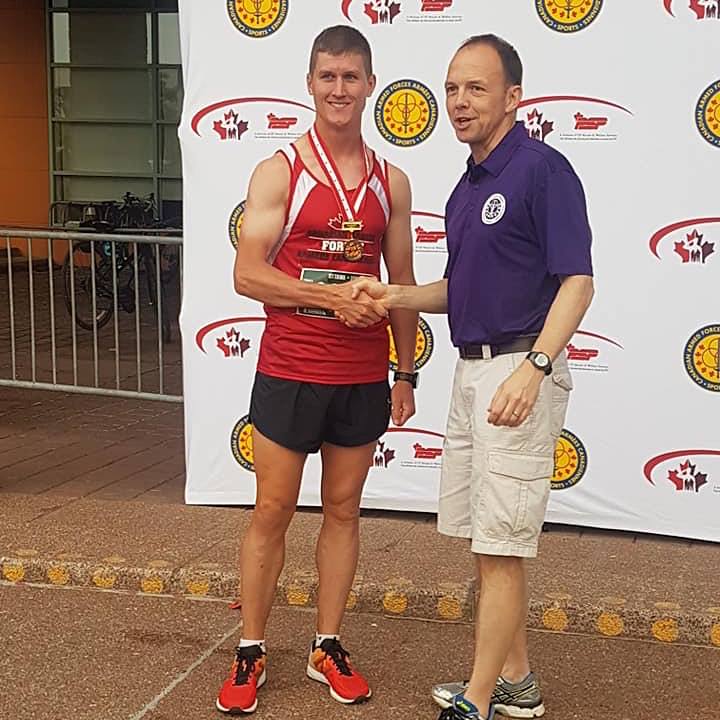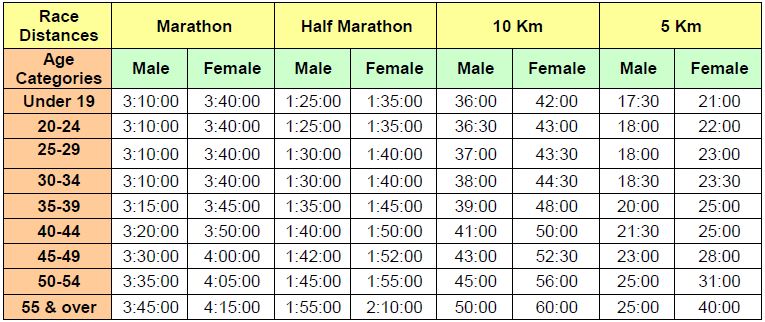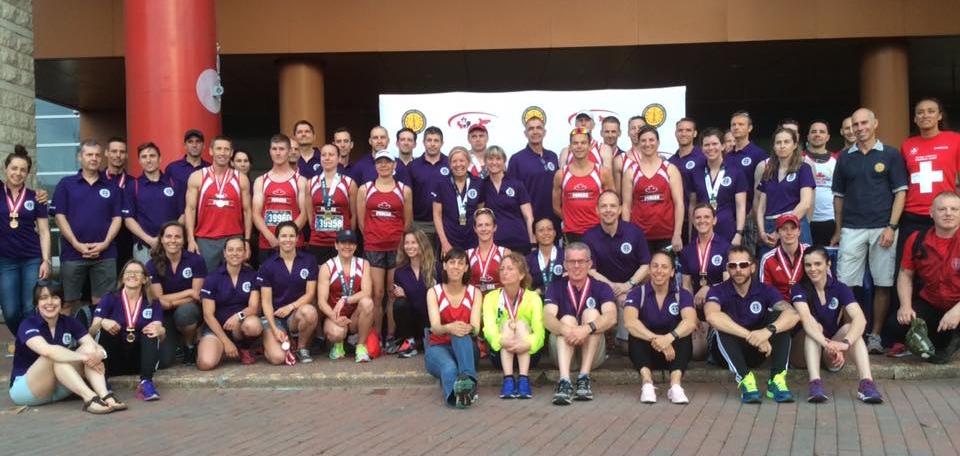By: Matt Setlack
This post will describe my experience at the Saskatchewan Marathon, which took place in Saskatoon, Saskatchewan on Sunday 26 May 2019.
Pre-Race
Saturday 25 May 2019 was the Canadian 10k Championships in Ottawa, ON. My wife, Emily was competing in that race and ended up finishing 3rd Canadian (10th woman overall) in a time of 33:02. This was a new PB for Emily and she was very happy with how the race went. Fortunately, I was able to watch the livestream of the race online from Saskatoon.
The elite women started the race 3 minutes and 40 seconds before the elite men. The first person (man or woman) to cross the finish line would win $2000. This year the elite woman was the first across the line.
The morning before the race, I drove over the race course. I had also previously studied the course extensively on Google Streetview. After I watched the Emily’s race, I ran over part of the gravel trail portion of the Saskatchewan Marathon race course.
Race Day
The race start was 07:00 am local so I woke up at 04:15 am. I set three alarms: one for waking up at 04:15 am, one for 05:30 am when I needed to leave the Airbnb and one for 06:00 am when I needed to start my warm-up. I made sure that I was at the start line at least 10 minutes in advance since I had a nightmare a few weeks ago of missing the race start and did not want that to happen. I was very happy to hear the Canadian national anthem being played before the start.
Race Course
The half and full marathon both started at 07:00 am and both races were the same course. For the most part, the marathon course essentially did two laps of the half course, which was very nice. I believe there were water/gatorade stations every 3 km or so. The course this year was different than it was in previous years. There was a light wind coming from the south and the temperature felt like it was around 8C at the start and around 15C at the end. The full marathon course is below.
I never thought I would say this but Saskatoon has some really nice areas. Along Saskatchewan Crescent West (photo below), there was a “tunnel” of old trees. We ran over an old truss bridge called the Victoria Bridge and under an arched span of the another bridge.
Part of the course (km 17.5 to 19.5 and km 38.5 to 40.5) was on a gravel path along the river called the Meewasin Trail. It felt like we were on the winding yellow brick road in the Wizard of Oz. Part of the course was on the paved portion of the Meewasin Trail and a couple short sections were on a sidewalk brick surface. Overall, the course was very flat but there were a lot of turns on the trail/path sections.
Matt’s Race
Standing at the start line, I saw Michael and Lisa Stewart spectating. Michael ended up placing 2nd male in the Saskatchewan 10k and Lisa ended up placing 2nd female in the Saskatchewan 10k. I went out fairly conservatively and reminded myself of what Emily told me in that the “race starts at 35 km”. I also did not want to go out too quickly and blow up. I planned to take a gel every 25 minutes.
There was the usual shuffling of positions in the first few kilometres but eventually I settled into 3rd place. The 1st place man, David Mutai, went out fast and maintained that pace for the entire race. It was extremely impressive! At around 6 km, I had to use the toilet so I stopped at a porta potty. I have never done that in a race before but I thought that I would lose more time by holding it in compared to just using the washroom. This bathroom break cost me 31 seconds. While I was in the washroom, a group of three guys passed me but I caught back up to them within one km. I think I need train myself to use the washroom while running.
As shown in the graph below, my overall pace was relatively consistent throughout the 42.2 km race.
At km 20, Adam Buzinsky caught up to me and ran right behind me for about 4 km. He was so close, I think I could feel his breath on the back of my neck. He didn’t pass and he didn’t lead. When I saw his Mile to Marathon singlet (and later learned that he is coached by Kevin Coffey), I knew he was a very good runner. One of the things I really liked was how friendly all of the other runners were. It may sound amateur but we even high fived each other at the turnarounds. Eventually, Adam passed me at km 24 and gapped me by 100m or so. I maintained the gap up until km 32 when I slowly passed him. As soon as we were running line abreast, he picked up the pace and ran next to me. I thought, “here we go again”.
I threw in a spurt of energy (short surge, PCL MAX) and gapped him by a few metres. It felt surprisingly comfortable. From that point on, I focused on trying to maintain 3:40/km or less. I didn’t know how far behind Adam was and didn’t want to look back to check.
Every 25 minutes throughout the race, I did somewhat of a 5T check (time/turn/track/throttle/talk). I took a gel every 25 minutes whether I wanted to or not. I felt very good throughout the entire race and had confidence that I could handle the distance fairly well since I had run 200 km per week for the past 7 weeks. My Strava training log from April and May 2019 is below. I did taper during race week and only ran 146 km.
It may have been a good idea to do more than one tempo session before the marathon. I felt that my endurance was good but my speed could have used more work. I felt like I was in 5th gear and couldn’t quite drop it down to 4th or 3rd to accelerate and get some more speed.
There were lead cyclists ahead, which was great since they could let other runners ahead know I was coming and ensured that the path was clear. David Mutai (right) placed 1st in a time of 2:22:09 (new course record compared to the old one of 2:25), which is really incredible. I ended up crossing the line in 2nd place overall (centre) in a time of 2:34:40, which is a new personal best time for me. Adam Buzinsky (left) placed 3rd in a time of 2:37:26.
Results from the Saskatchewan Marathon held in Saskatoon, Saskatchewan on 26 May 2019 are below. The full results can be found at: https://www.sportstats.ca/display-results.xhtml?raceid=103560.
Race Fuel
For the first time ever, I took Maurten 100 gels. I placed 6 of them in my SPI belt (kind of like a fanny pack) and ended up eating 5 during the race. The SPI belt worked extremely well and I highly recommend it. It did not bounce around, did not chaf and was comfortable during the entire race. It is a simple yet very effective design.
I was apprehensive about the Maurten gels/powdered drinks before trying them. I thought everyone was just “drinking the Koolaid”. My opinion has changed since using them. The Maurten 100 gels are very expensive ($5.50 plus tax per gel). However, they work much better than a standard CLIF or GU gel, in my opinion. Gels in the past have had a tendency to upset my stomach and the syrupy, sticky goo ends up getting all over my hands and face, which is annoying. The Maurten gels do not leave a sticky residue on my hands and they did not upset my stomach. I didn’t even need to take them with water. I drank a sip of water at each water station anyway. I did not take any gatorade during the race; only water and 5 Maurten gels. The consistency of the Maurten gels is exactly like Jello. This is nice because you can put some gel in your mouth and then swish it off inside your cheek while breathing (rather than having a sticky mess inside your mouth like with the traditional gels).
To justify the high cost of the gels, I asked myself, “would I be willing to spend $5 on a beer?”. If yes, then it seems like a reasonable expense to spend this much money on something that is important to me and will improve my performance. I purchased the Maurten gels online at Vancouver Run Company but you can also find them at Brainsport in Saskatoon. I am not sponsored by Maurten.
I drank three Maurten 320 drinks before the race: two the night before the race and one 1.5 hours before the race. I did not take a gel before the race. Rachel Hannah did a great write-up about marathon fuelling on Black Toe Running at: https://www.blacktoerunning.com/blogs/news/maurten-gels-and-carbohydrate-fueling-guidelines.
This is the nutritional information of the Maurten 320 powder drink (left) and Maurten 100 gel (right).
This is my race kit. Everything worked out very well and I highly recommend it. The Hilly socks are amazing and they feel like they were custom made for my feet. I have never had a blister with Hilly socks. The white Running Room ball cap kept the sun out of my eyes and the mesh material did not cause my head to overheat.
Several people have commented on the Nike Vaporfly 4% racing flats. I wrote a review on the Nike Vaporfly 4% FLYKNIT (2nd version) racing flats after I raced Chicago Marathon in October 2018. The review can be found here. I do not like the Nike Vaporfly 4% FLYKNIT (2nd version).
However, the Nike Vaporfly 4% ORIGINAL (1st version) fits my foot WAY better than the Flyknit version. The Original version is one (if not THE) best racing flats I have ever worn. I had absolutely no issues with this shoe during the race. The Flyknit Vaporfly and Original Vaporfly are two different shoes and fit very differently.
In preparation for possible rain and wet roads on race day, I scuffed up the black rubber on the bottom of my shoes with 60 grit sandpaper. The course was dry so I can’t tell you if it made any difference. I wear a size men’s 10.5 US in the Original Vaporfly and a size men’s 10.5 US in pretty much every other running shoe I have ever worn. They fit true to size. Thanks to Karl Augsten for letting me try on his Original Vaporfly’s (he’s also 10.5).
Thank You
I would like to thank Kim Ali, the Saskatchewan Marathon race director and her team for organizing and carrying out a fantastic event. Thank you to all the volunteers and course marshalers out on the race course. Whoever marked the course did a really good job. There were large km marker signs every km and the course marshalers held a large signs with arrows to tell you which way to go. There were plenty of aid stations and everyone was really friendly.
Thank you to Running Room Canada and Ronhill UK for the amazing support.
Thank you for reading this post. If you have any questions or comments, please let me know using the “Contact” link above.
Train Hard. Dream Big.


